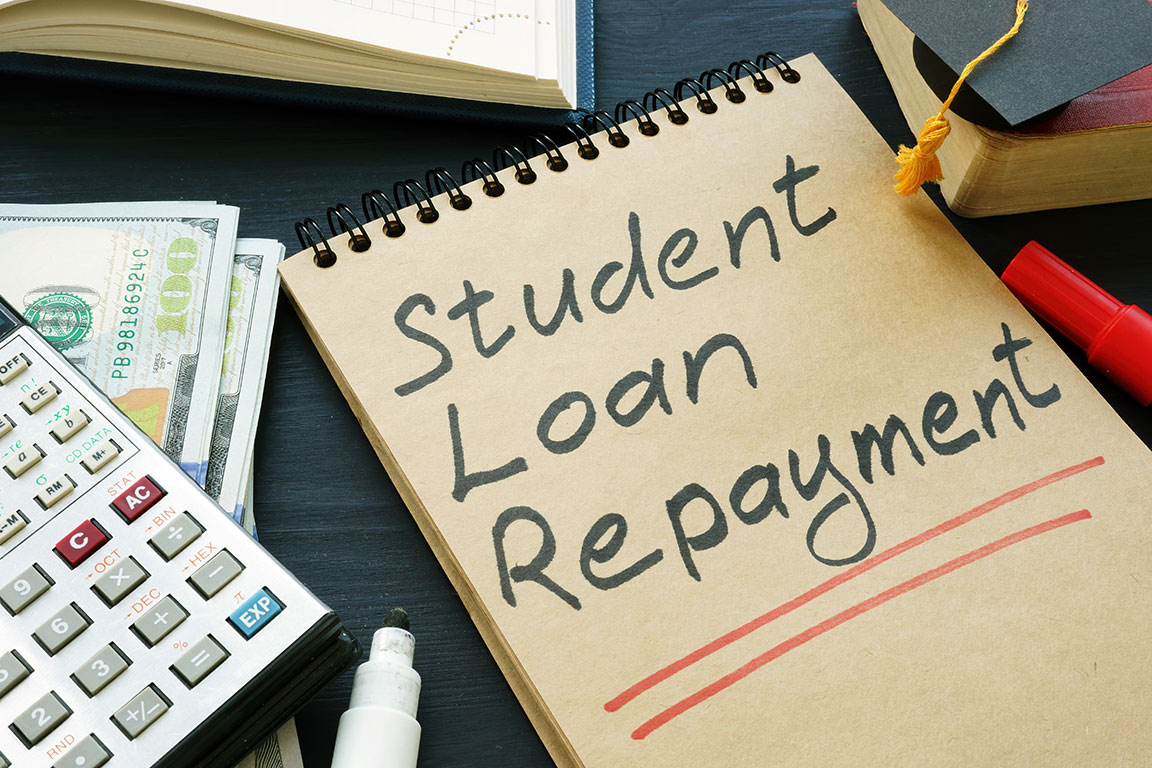 All good things must come to an end – and that applies to the upcoming end of federal student loan payment relief measures, which paused federal student loan debt collection and reduced interest rates on federal student loans to 0% during the moratorium.?
All good things must come to an end – and that applies to the upcoming end of federal student loan payment relief measures, which paused federal student loan debt collection and reduced interest rates on federal student loans to 0% during the moratorium.?
For those with government-held loans, the relief options provided a record-long “breather.”
Now it’s time to take steps after the relief programs end. Borrowers should be ready to make student loan payments, even as policy makers discuss further extensions in the face of an increased number of borrowers becoming delinquent or defaulting on their loans.
Listed here are steps to move forward as protections end.
Step 1: Take Inventory
How’s your memory after the longest payment freeze of federal student debt in history? As a first step, take the time to document how much you owe and who to contact about student loan balances.
To get current loan balances, log onto the National Student Loan Data System (NSLDS). The portal will display how much you borrowed, the type of each loan and interest rate, payment history, and the current loan servicer for each loan.
For private student loan information, jog your memory with your credit report, which tracks current and past credit obligations, including student loans. AnnualCreditReport.com provides borrowers with a free report from the three main credit reporting agencies: Equifax, Experian and TransUnion.
These resources are also useful to track current student loan servicers - the organizations that handle payment and administration of your debt.
Step 2: Track Your Interest Rates
Student loan interest rates vary depending on the loan type and other terms such as the date the funds were first disbursed to you. Again, NSLDS is the go-to resource to discover the interest rates of your federal student loans.
To track interest rates on private student debt, contact each lender for fixed and variable interest rates.
Step 3: Look at Affordability of Payments
After a lengthy payment pause, consider overall affordability. Based on your current monthly income and expenses, you might find that resuming payments for federal student loans will stress your budget.
Explore options to lower monthly payments by switching to an income-driven repayment plan.
Private student loan lenders typically don't offer income-driven plans, but they might offer alternative repayment plans on a case-by-case basis.
Loan forgiveness might be an option. In the last few months, the Department of Education overhauled the Public Service Loan Forgiveness Program. Teachers, nurses, first responders, service members, those working in non-profit hospitals and other nonprofit and public service workers can potentially have their student loans forgiven.
To explore whether you can take advantage of the changes to the public service loan forgiveness program, visit: StudentAid.gov/PSLFWaiver.
Step 4: See if Loan Consolidation is Possible
Again, if affordability is an issue, consolidating your student loans sets you up with a single monthly payment.
For most borrowers, consolidation lengthens the repayment period. So your cost of borrowing will actually be higher since you will likely pay more interest over the long run.
This option will depend on your specific financial picture, so be sure to research all the pros and cons of loan consolidation.
Take the Steps that Work for You
To handle the challenges specific to your budget and full financial picture, GreenPath is a useful source of independent information. Student loan counselors can suggest ways to?manage?an?individual?situation if?you are?feeling overwhelmed.??
This article is shared by our partners at GreenPath Financial Wellness, a trusted national non-profit.

